Create a Container Garden for Planting in Limited Space
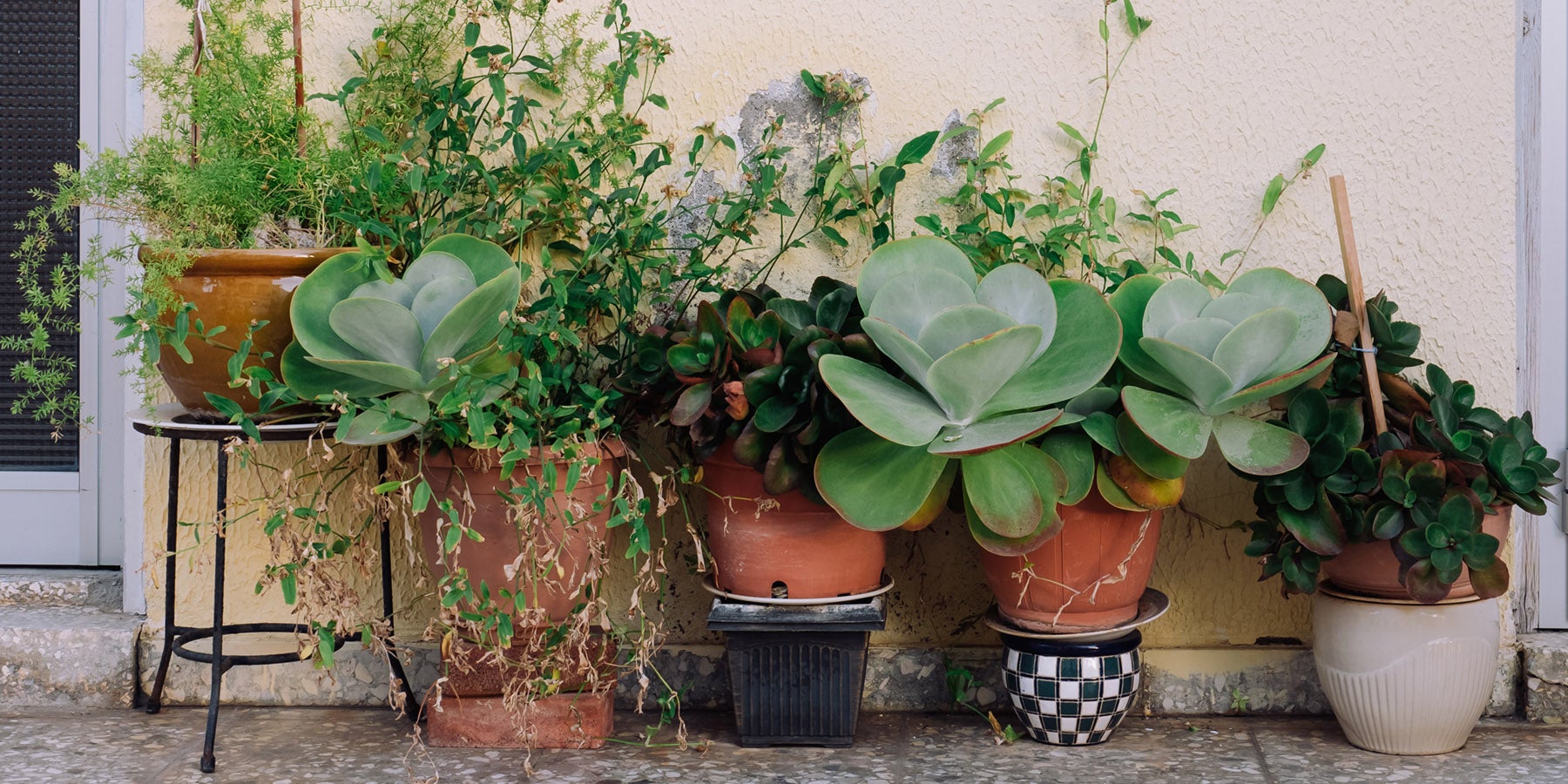
Gardening can be a great way to grow your own food, flowers, and other plants; but it’s not always convenient. Traditional gardens require large amounts of land and time. If you have a passion for gardening but are limited on space, or don’t want the hassle of maintaining a large garden, a container garden might be a perfect alternative. Container gardens are an ideal solution for growing many kinds of plants, including vegetables, herbs, flowers, or even small trees.
This article will discuss how to get started with container gardening, tips for selecting the right containers, soil preparation, watering and drainage techniques, and choosing the best plants for your growing zone. We will also provide examples of various container gardens to demonstrate what might work best for you
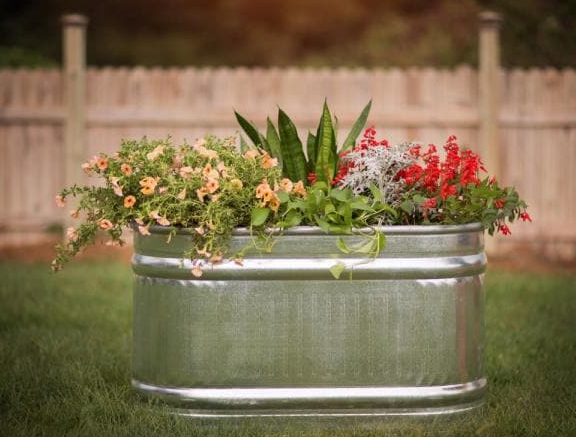 Selecting the Right Containers
Selecting the Right Containers
Container plants are an ideal solution for gardening in a small space. Whether you’re planting in a window box, have one or more pots on a patio or deck, or a larger stand-alone container garden, be sure to select containers that match the size of the plants they will contain. A container should accommodate the plant’s root system and allow for adequate drainage with at least 6” of soil depth. This allows the roots to spread out and take in more nutrients.
The construction of your containers is also important. Plastic or ceramic pots are great options as they are available in various shapes and sizes. Terra cotta pots are also popular, allowing for better soil aeration and drainage. Another popular option for a larger container garden is to use a metal agricultural trough, or you can build your own container from lumber to any size you need. Remember, darker colored containers will absorb more heat from the sun, while lighter colors will reflect it away and keep the soil cooler. Choosing the right combination of these factors can greatly impact your container garden's success.
Soil Preparation
One of the most important steps when creating a container garden is selecting the right soil for your plants. It is best to use bagged potting soil, as it is light in weight, yet still retains moisture and provides good drainage. Additionally, it contains nutrients that plants need to thrive. You can also mix compost or other organic matter into the soil for additional nutrition.
Be sure your soil is properly aerated and well-drained. Place larger aggregate material such as perlite or vermiculite before adding soil to your container to allow for adequate air circulation and water flow.
Add compost or other organic matter, or fertilizer if needed, which will help promote plant growth. Then mix the soil thoroughly before planting. Keep the soil loose and avoid over-tamping it down as this can damage delicate roots. After planting, top off with a layer of mulch to improve water retention and deter some pests like slugs.
Choosing Plants That Will Thrive in Your Environment
Most plants will grow well in a container garden, but you'll have the most success with smaller ones that are less likely to outgrow their limited space. This is especially true for vegetables and herbs since they often require more watering. When selecting your plant varieties, look for options that are labeled as “determinate” or “dwarf,” as these varieties tend to stay smaller and require less space.
There's no limit to the variety of plants you can grow in a container garden, but not all plants will do well in every environment. Check the USDA Plant Hardiness Zone Map to identify and choose plants that can tolerate the climate of your location. For example, if you live in a hot, dry environment, select drought-resistant plants, or if you live in a cooler northern climate, select plants that can tolerate the shorter growing season.
Watering and Drainage Techniques
Proper watering is essential for a successful container garden. Most plants need about an inch of water per week, so it’s important to ensure your containers get enough water. If possible, use a drip irrigation system or a self-watering container to ensure proper moisture levels.
TIP: The Rain Bird Container Plant Watering Kit contains all the hosing, drippers and other parts you’ll need to get started with drip irrigation for your container garden.
Your container should have a drainage hole to allow water to penetrate the soil and drain without oversaturating the roots. This prevents roots from getting soggy and rotting. Line the drainage hole with paper towel or mesh to prevent soil from escaping. Be sure to avoid plugging this opening with stones or any other matter as it can impede proper soil aeration.
Examples of Container Gardens
Container gardening is an easy and effective way to grow a vegetable garden in a small space. It doesn’t require the same amount of land or upkeep as traditional gardens, making it an ideal option for those living in cities or with limited outdoor space on a deck or patio. Here are five examples of container gardens:
Herb Garden
Herbs make a great addition to any kitchen and require minimal care. Plant several herbs in a large pot and position in a sunny spot for optimal growth.
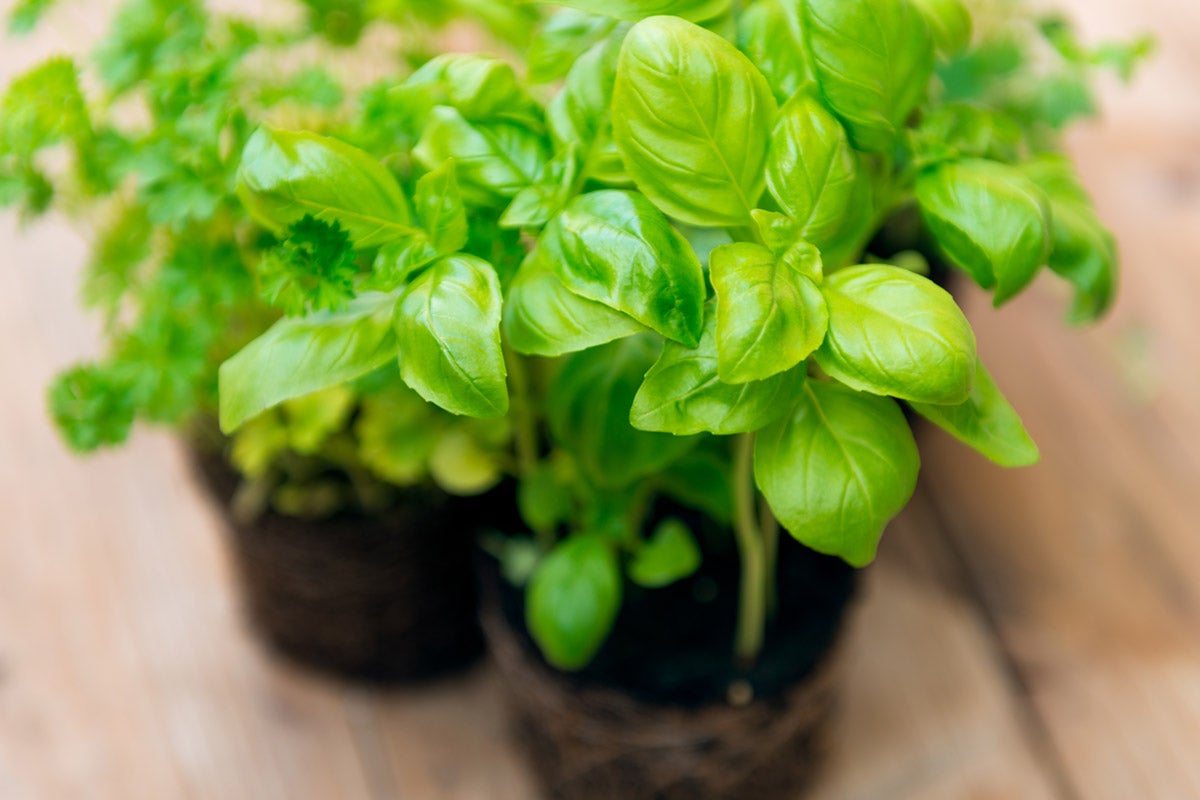
Vegetable Garden
Have fresh produce in the comfort of your own home! Plant several vegetables like tomatoes, peppers, cucumbers, or squash in individual containers and enjoy your harvest as they ripen!
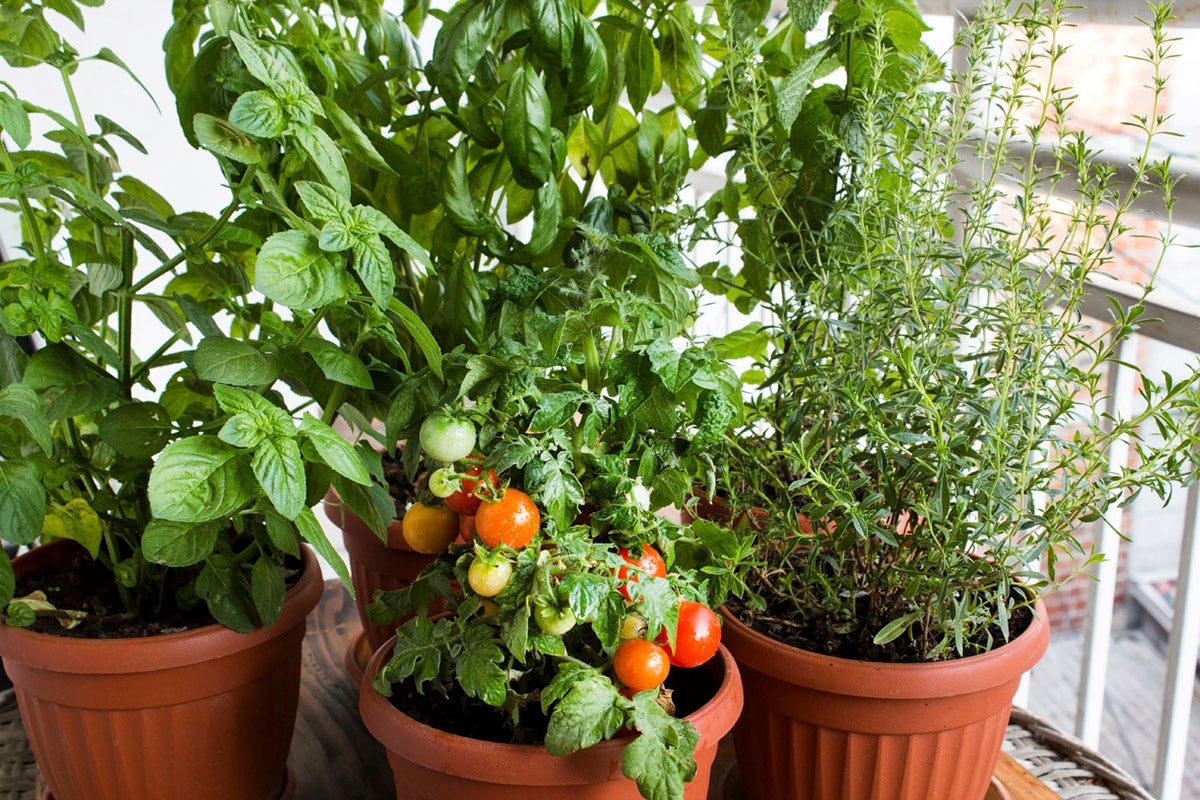
Flower Garden
A vibrant flower garden will add a beautiful pop of color to your outdoor space. Plant several flowers in the same container and watch them bloom throughout the season.
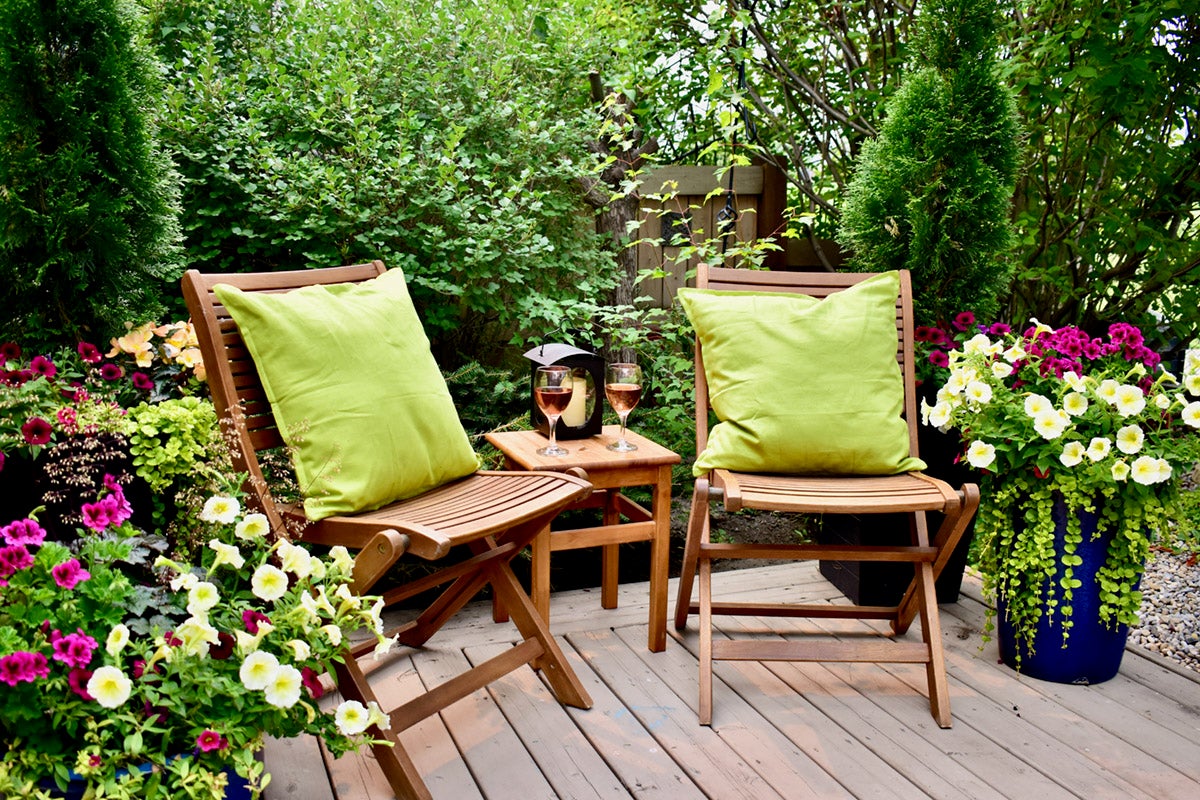
Fruit Trees
Many types of mini citrus fruits trees can grow outside in summer and be brought in during colder months. And they look beautiful flanking entry or patio doors.
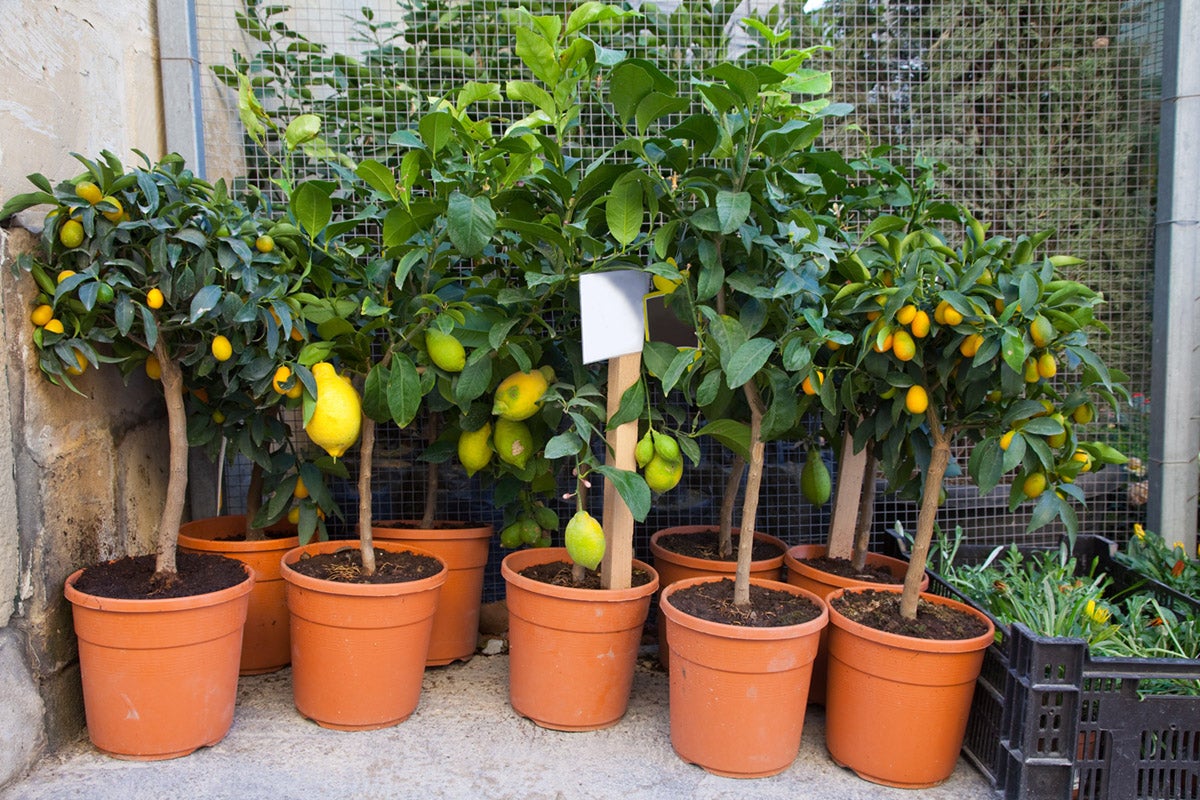
Final Thoughts on Gardening in a Limited Space
Container gardening is a great way to enjoy homegrown produce without the hassle of traditional gardening. With proper preparation and planning, you can have your own successful container garden full of fruits, vegetables, herbs, flowers, or even a combination like herbs and flowers. Remember to select appropriate containers for your environment; prepare soil correctly with compost and fertilizer; water regularly using drip irrigation systems or self-watering containers; and pick plants that will thrive in your location. Follow these tips, and you’ll be on your way to growing a successful container garden.
